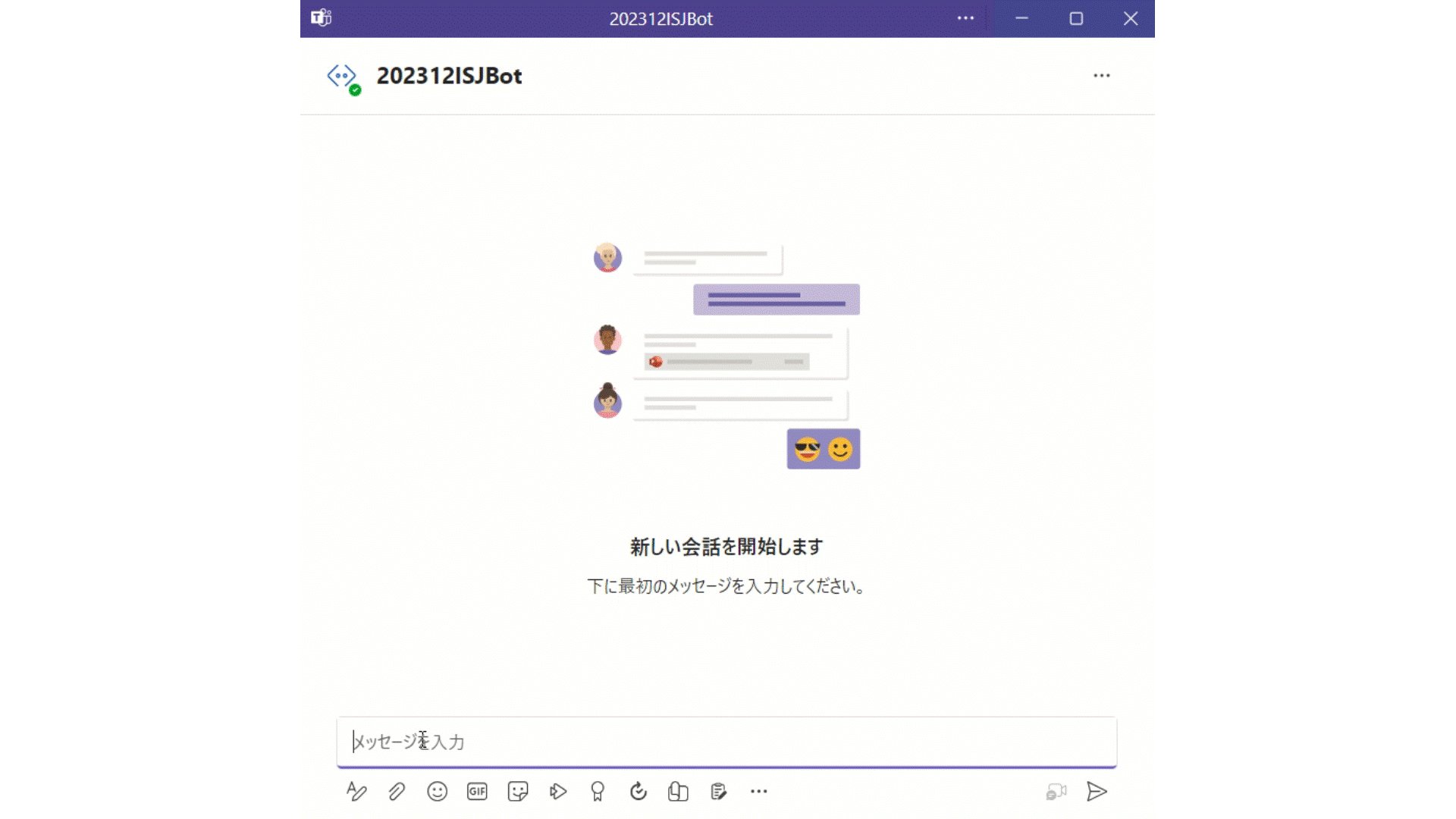Have you ever imported an XML schema from an XSD file? You might want to look at the original file again sometime later, but forgot where you put it.
Do not worry, that information is being kept as part of the import process.
The whole imported XSD schema is being kept in the ^EnsEDI.XML.Schema global. That global holds all the imported XSDs in your namespace. The first subscript is the name of the schema that you see in the portal.





.png)